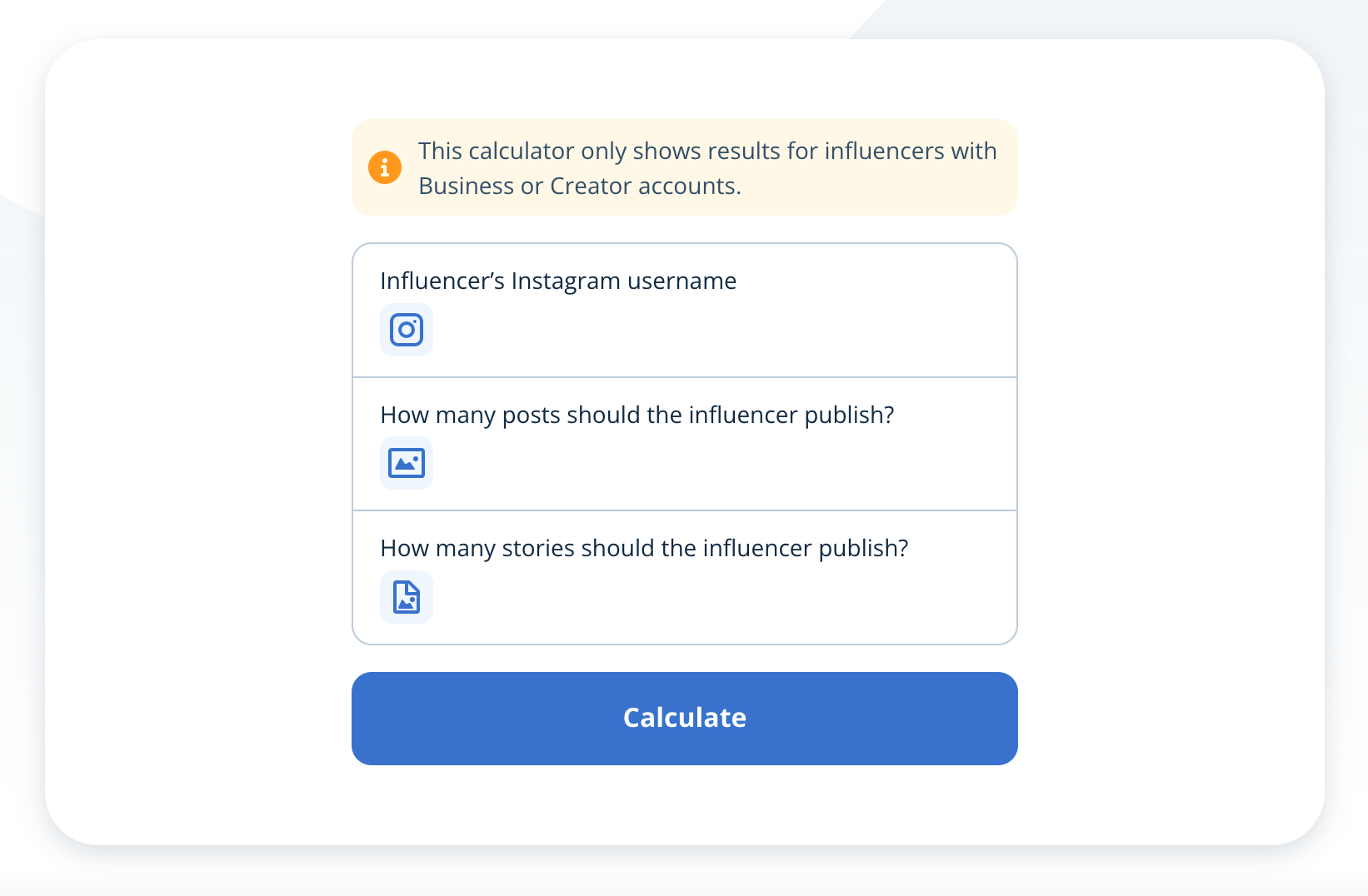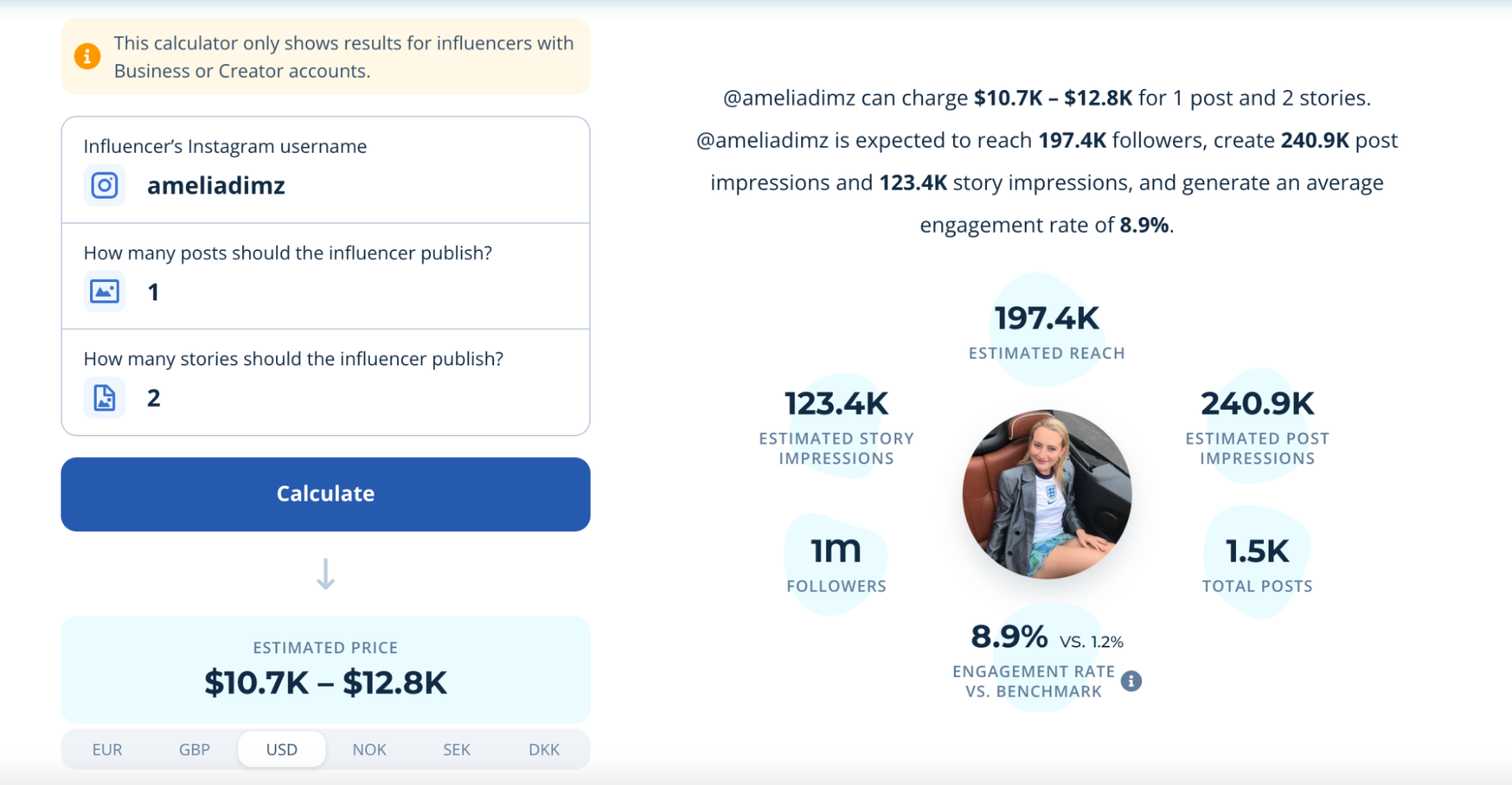
Once you have identified your influencers, defining the proposed partnership and the compensation for the project is essential. You will get the best results from this kind of communication and foundation of trust. You will then have to follow up on your influencer campaign to measure the results.
Consider the Partnership Mechanism
Is it mandatory to pay influencers?
There are different ways to collaborate with influencers. As before, I suggest you listen to Ben Pearson’s recommendations, and I’ll share my advice after that. 😉
Here are some mechanisms you could suggest to them:
- The buzz kit is very widely used and consists of sending a kit containing the product you want to promote, often accompanied by a note presenting it, and sometimes a promotional code to share with the influencer’s community. The aim is for the influencer to test the product and talk about it (if they wish) in the kind of publication they choose (post, story, video, article, etc.);
Unboxing: This consists of the live opening of a package containing several products from your brand. The influencer unpacks it and comments on it. They can even test the product on the spot and give their followers their opinion.
Product placement: The influencer includes the product in their content. They can use it as an example in an article, place it subtly within the shot, or mention it overtly. You can easily recognize the posts thank to the #ad, #sponsored, or #gifted tags in the accompanying text.
Influencer trips or brand-organized events: The objective is to provide a sufficiently extraordinary experience around your brand’s story and products so that the influencer wants to share what they have experienced with their community. These levers are particularly used in the tourism industry.
Account takeover: Your brand gives an influencer control of its brand account (i.e., Instagram). The influencer will run the account for a day (or more) in real-time and encourage their community to join them to discover a product, service, or event.
The Deditex Case Study

Are your three collaborations clear? Take a look at what Emily, the communication officer, has to offer.
Plan the Compensation
Running an influencer campaign requires a specific advertising budget.
To do this, you must consider the time spent contacting influencers, product gifts (or compensation), sending packages, the follow-up for each partnership, etc.
The delicate point for the company marketing and communication departments wishing to collaborate with influencers is negotiating the compensation with the individual.
What level of budget do I need? Is it mandatory for companies to provide compensation?
If you don’t have a big budget (less than $10K), you will want to favor partnerships with nano and micro-influencers. Most of them will accept your collaboration proposal if they can adhere to your brand strategy and if a product (or service) gift suits them. It’s up to you to offer attractive compensation and that your exchange is a win-win!
If you want to collaborate with influencers with a community of more than 500K followers, ask them for a creative effort, or impose a very detailed brief of your expectations, they are entitled to ask you to be paid.
To define their compensation, you must consider their audience size, their engagement rate, contenttype (story, post, video, reel, etc.), platform, and legal framework in your country.
To help you with cost estimation, Shopify has compiled the general cost that Instagram influencers charge: 
If you’ve identified a possible influencer, look at Inzpire’s influencer pricing calculator. Enter the name of the influencer, and you get:
A rate estimate for creating a post or story on Instagram.
The engagement rate of the influencer.


In any case, it is always better to discuss directly with the influencer (even if you use an agency) and agree on the payment you both consider fair (or in accordance with the agency’s contract).
How do you approach collaboration when you’re a small business? Is access to agency services the same?
How you approach collaboration with influencers (and your resources) will not be the same if you are an SME or a multinational. But the good news is that influencer campaigns are becoming more and more accessible to everyone! Ben shares a point about this.
Monitoring
Create your SMART goals in advance to ensure the success of your influence campaign.
They will help you know which KPIs to track.
I have classified the main performance indicators that may interest you depending on the objective: awareness, engagement, or conversion.
Some results will only be accessible via the influencer’s interface. Agree with them that you can retrieve this data during and at the end of the campaign.
Let’s get back to our influencer.
While tracking your statistics is important, monitoring your contractual relationship is just as important.
Don’t forget to thank them for the initial collaboration. Ask for feedback on how the two of you have worked together and how you can improve your partnership. This is an opportunity to propose ideas for future collaboration or create an offering together.
If you establish a successful partnership, you could consider inviting them to become a brand ambassador, planning several operations over the coming year, etc.
In the minds of internet users, a recurring collaboration between an influencer and a specific brand suggests the alignment of their respective brand images.
On the influencer side, it builds loyalty to your brand, and they could then convey information about your brand regularly for free. That is to say, mentioning you in their posts outside any specific partnership deal.
It’s best to track your partnerships to optimize your relationship with your influencers. You can do this via a dashboard (in the form of a spreadsheet) that you can update as your various campaigns progress.
It can bring together all the information you need to contact them and keep a history of the partnerships carried out:
First names, last names
Contact information
Main platforms
Date of last collaboration
Results
Let’s Recap!
Once you have identified your contacts, send them a personalized message presenting your partnership offer.
Work together to think about the mechanics of it (including timing) and any financial compensation.
Finally, measure the success of your influence campaign using indicators that meet your objectives.
If you decide to continue the collaboration (based on your assessment), define the new partnership framework with your influencers.
Congratulations, you now have all the information to launch online influence campaigns! As in the previous section, see the influence strategy template: it includes the various elements we have looked at. Feel free to add to it based on your requirements.
